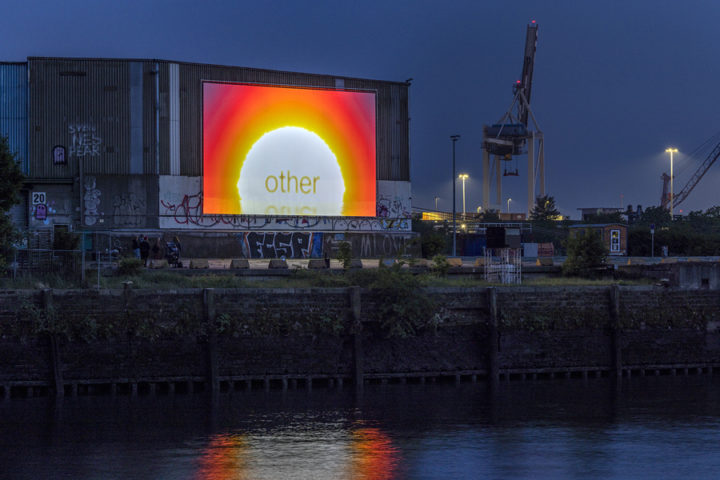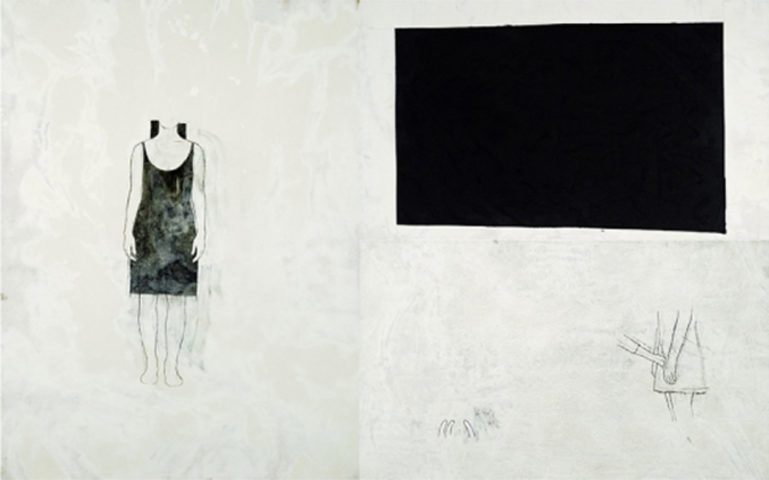Annika Kahrs
how to live in the echo of other places
a project by IMAGINE THE CITY
01 Jun–04 Sep 2022
Opening
01 Jun 2022, 7.30 pm
Schuppen 29, Baakenhöft, 22457 Hamburg
Free entry
Now open to the public for the first time since 2017: in HafenCity’s last unrenovated warehouse building, Annika Kahrs presents how to live in the echo of other places, a two-part exhibition that alternates a ‘concert within the space’ and a large complementary video projection on the façade. Throughout the summer, the artist will use the special atmosphere of Schuppen 29 at Baakenhöft to make other people’s fleeting experiences palpably accessible to visitors. Referencing personal stories she explores the peculiarities of acoustic and visual recollections and how they relate to particular places. For this spatial installation, ten Hamburg musicians have composed their own works in dialogue with Annika Kahrs. To this end, each musician spoke at length with someone to whom they felt a particular attachment about places with personal memories. Short pieces were created on this basis, which Kahrs then translated into a spatial arrangement with the assistance of composer Louis d’Heudières.
With Ferdinand Försch, Douniah, Louis d’Heudières, TINTIN PATRONE, Tam Thi Pham, Jesseline Preach, Carlos Andrés Rico, Freja Sandkamm, Nika Son and Derya Yıldırım.
The video installation is based on short texts about memories of a particular place during a sunset, which musicians, friends and colleagues sent in to Kahrs for the purposes of this work. The artist, for her part, looks at the question of whether and how intense visual impressions can be bound to specific locations in our memories. The anonymised material is projected word for word onto a digitally created sunset in a non-specific location. In the course of the loop, the scenes – some of them special, others all too quotidian – are gradually assembled in the minds of the viewers.
OPENING HOURS:
Sound installation:
Thu and Fri 5 pm to 8 pm
Sat and Sun 2 pm to 8 pm
for different opening hours imaginethecity.de
Video installation:
Thu–Sun from sunset to sunrise

